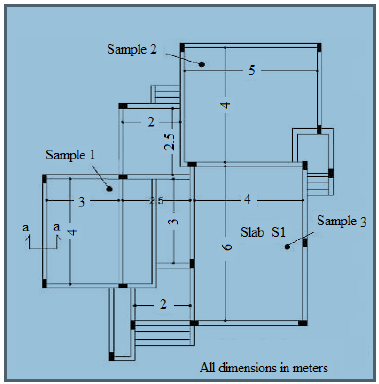
Downloads
Behavior of Slab-on-Grade Resting on Expansive Soil
Authors
Abstract
Abstract
This paper discusses a case study of a residential building in Benghazi that features slab-on-grade foundations supported by expansive soils. Although such structures are uncommon in the area, they can suffer serious damage due to volumetric changes in the soil caused by wetting and drying. The building has a total plan area of 200 m², with tie beams located 1.2 m above the formation level, and expansive soil used as backfill. After being moistened and lightly compacted, 100 mm thick concrete slabs were poured between the tie beams, resulting in varying slab sizes.
Following a month of heavy rainfall, significant cracking—longitudinal, diagonal, and warping—occurred in the slabs due to uneven deformation from the expansive soil. The paper includes photographs of these deformations and cracks, along with an analysis of the geotechnical properties of the expansive soil, including its swelling and shrinking characteristics. It also employs an approach to predict the pressure exerted on the slabs due to differential heave.
Article Details
Published
Issue
Section
License

This work is licensed under a Creative Commons Attribution-NonCommercial-ShareAlike 4.0 International License.

